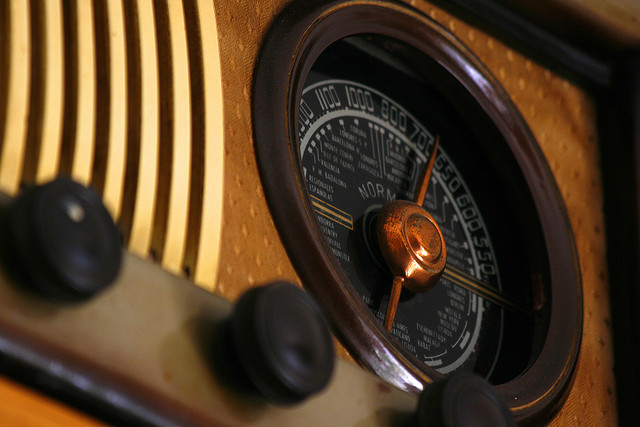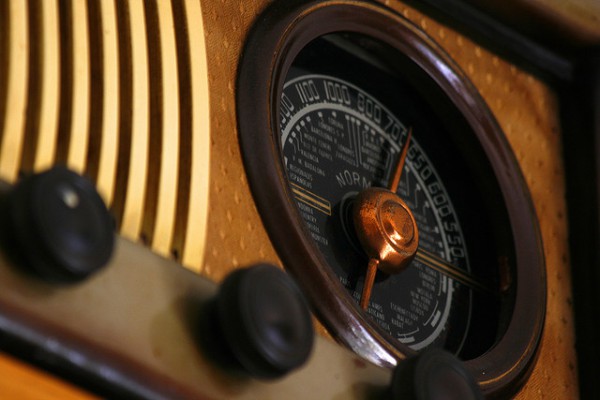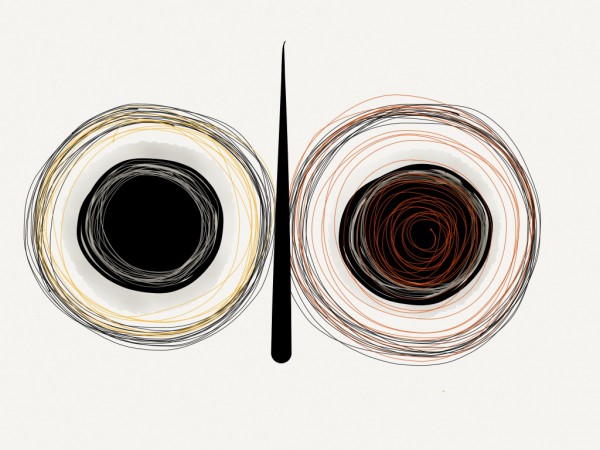

The last time NPR launched a show was five years ago. It was the Bryant Park Project, a morning newsmagazine aimed at younger listeners. The network developed the show in secret and beefed up its New York bureau with reporters, producers, and editors. The budget for its first year was more than $2 million.
BPP was cancelled after 10 months, having reached just 13 markets. The underdeveloped show could never compete with Morning Edition, whose national listenership is topped only by Rush Limbaugh. A few months later, NPR cancelled two more news programs, Day to Day and News and Notes, blaming a disastrous budget gap.
Now NPR is taking another stab at creating new programming, but the approach looks quite different. Its newest show, TED Radio Hour (hosted by Alison Stewart, formerly BPP’s co-host), debuts today in at least seven markets. Ask Me Another, a prerecorded live game show for puzzle types, begins airing next weekend in at least six markets, including Boston, Philadelphia, and Cleveland. And John Wesley Harding’s Cabinet of Wonders, which I guess is a variety show for hipsters, debuts Memorial Day weekend.
What’s different this time? The network seems to be taking a page from agile software development, the philosophy that products should be released early and iterated often. The shows are live (cheap) and/or adaptations of existing shows (easy), all produced in six- or 10- or 13-episode pilot runs instead of as permanent offerings. Listeners and local program directors are invited to help shape the sound of the programs, making it something of a public beta.
“We’ve had successful shows that have been around for decades, and the newest ones that are reaching big audiences — even those are a decade old.”
Ask Me Another, for example, is perfectly designed for social media (which, remember, barely existed when Bryant Park Project began). Because it’s a live show, every member of the audience is a potential Twitter or Facebook connection.
Word of the show spread on social media — which is how I found out about it — so NPR PR has a head start. The network says 4,000 people have already attended the live shows, pre-launch. The shows are being fed to member stations free of charge.
“Historically, the way that NPR and others in public radio have produced big programming is we come up with an idea we think is really good, we hire a staff, we keep all this very cloak-and-dagger secret, and then we try to make a big launch with it, and we end up with 30 stations and then over time more stations add to it,” Eric Nuzum, NPR’s newly promoted vice president of programming, told me.
“Using that process, it takes years to determine if something is going to be a hit or not. And that involves millions and millions of dollars.”
In other words, failure is a much bigger fail. If Ask Me Another doesn’t take off, hey, it was still a relatively cheap experiment. Nuzum says the weak economy is driving the new strategy. (NPR would not tell me how much money is budgeted for the programs, but it’s safe to say none of them costs $2 million.)
Two years ago, NPR conducted an “audience opportunity study” that found listeners wanted more shows that sound like them. A lighter approach, more humor. Shows like Ask Me Another could be the hook that casual listeners need to discover other radio programming, Nuzum said. Some of the most successful public radio shows, after all, are weekend shows — This American Life, Car Talk, Wait Wait…Don’t Tell Me!
“It’s much easier to describe this when I’m in person with someone, so I apologize if some of this seems vague, because I actually draw when I’m talking about this,” Nuzum said.
Don’t worry, Eric Nuzum, we got this. Here is an interpretation of what his drawing might look like, by Lisa Tobin:

“Imagine there’s a circle, and the circle’s really dark, and that circle is our current audience. And it’s dark because there are so many people — there’s like a gravitational force — that are all kind of brought together. Then imagine a much larger ring around that circle, and that’s our potential audience. What we’re trying to do is bring that audience towards that center, trying to bring them more towards our programming.
“What we did before was we were just creating shows that occupied space in that larger circle without really paying attention to how well it connected to the inner circle. These shows are much more an attempt to have something that connects both to the larger circle and the inner circle as well.”
Nuzum said he is emulating HBO’s iterative approach to programming. He’s not the first to make the comparison. Cambridge-based PRX has experimented with new programming and distribution for five years, including with Marc Maron’s podcast WTF and The Moth Radio Hour. Jake Shapiro, the executive director of PRX, has long proposed a “public radio pilot season.”
“We’ve had successful shows that have been around for decades, and the newest ones that are reaching big audiences — even those are a decade old,” he told me. “We had a really good experiment with something similar, which was Public Radio Talent Quest, but that was more focused on hosts and new voices.”
Glynn Washington, one of the two Talent Quest winners, would go on to host NPR’s Snap Judgment. But the five dozen other people seen as serious competitors were largely forgotten. Shapiro says there’s a big ecosystem of podcasters and aspiring podcasters who would jump at the chance to be a part of public radio.
“It revealed that there’s a way to take some of what is the chaotic but very effective commercial television season dance and translate it into public radio terms, where essentially we collaborate with stations to introduce new show concepts, on air and online, in a very visible, very vocal way,” he said.
Nuzum said the nimble approach to programming is more or less the new normal at NPR. “Whether [these shows] have a future or not, I’m really proud of what we’ve come up with,” he said. “The bigger experiment is the process…This wouldn’t have been possible a couple of years ago.”
Photo of an old radio by santibon used under a Creative Commons license.